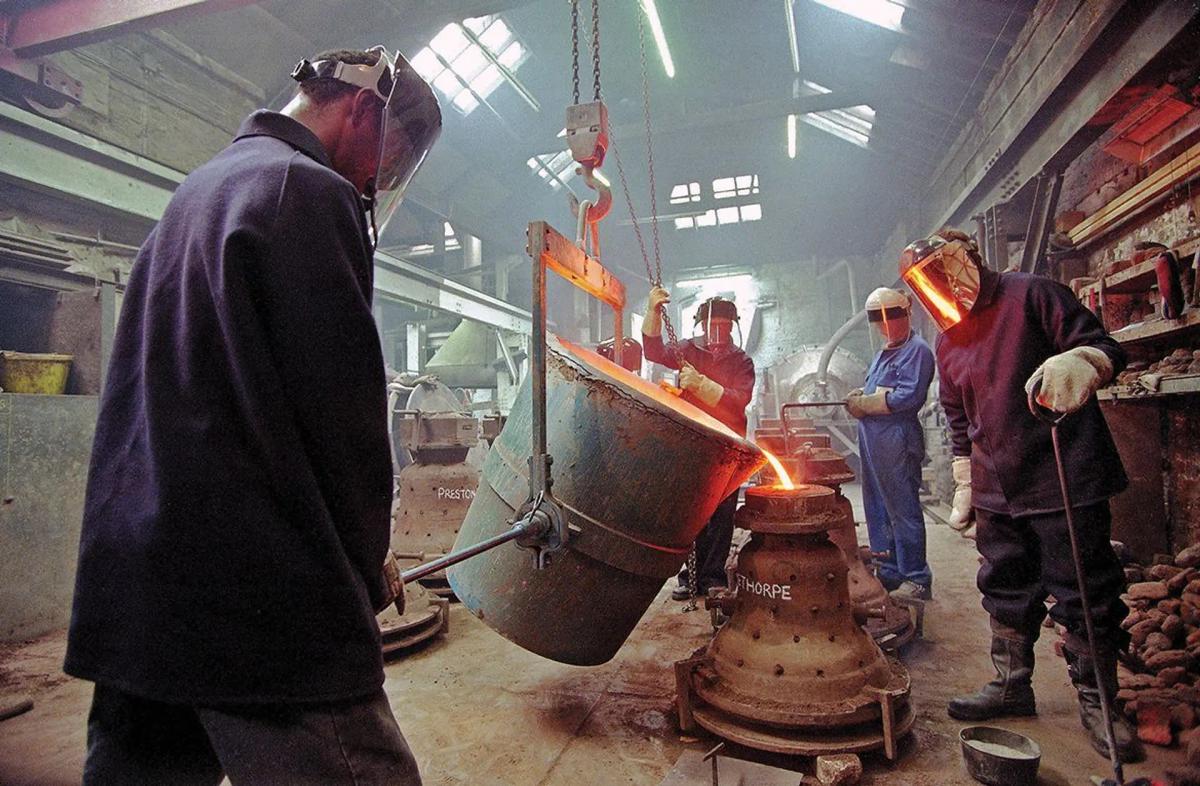It has been more than a year since the Whitechapel Bell Foundry in east London was handed over to a US investment company. Yet, “the former foundry site on Whitechapel Road remains empty and looks increasingly run down”, says Factum Foundation, the heritage preservation company that hoped to turn the site back into a working foundry. Months later, none of the main stakeholders will confirm if the redevelopment is still going ahead.
In May 2021, after years of wrangling and debate, the UK government approved a controversial plan to turn the centuries-old Whitechapel Bell foundry in east London into a boutique hotel development. Established in 1570, the foundry was famous for casting celebrated bells including Big Ben and the Liberty Bell in Philadelphia.
The saga over the site is long-running; the foundry’s fourth-generation owners, Alan and Kathryn Hughes, sold it in 2017 to the property developer Vincent Goldstein after running the business for 45 years. Goldstein sold the foundry to the US investment group Raycliff Capital, which plans to preserve the Grade II listed building at the front of the site and demolish a 1980s extension at the rear, making way for a boutique 103-room hotel, café and studios for creative businesses. A rooftop pool also featured in the designs submitted by the London-based 31/44 Architects. Raycliff and 31/44 did not respond to a request to comment on the future plans for the site.
Crucially, the plan was backed by the heritage body Historic England which stated late 2020 that the Raycliff proposal had “the makings of a successful heritage regeneration scheme and would provide a sustainable future for this important group of listed buildings”. Historic England says that “projects like this can often take some time to start”. The latest planning document available on the website of Tower Hamlets council, where the foundry is based, dates from March 2021.
Charles Saumarez Smith, the former chief executive of the Royal Academy of Arts in London, campaigned to keep the foundry open under the Factum heritage scheme which was launched in partnership with the conservation group Re-Form Heritage.
“I am very frustrated that the UK [government] department for Levelling Up, Housing and Communities approved the scheme following a planning appeal over a year ago, since which nothing at all has happened in spite of the fact that we had a well-developed alternative scheme [with Factum Foundation] which would have kept the foundry as a foundry,” he says.
Earlier this year, the artist Grayson Perry unveiled a bronze bell in the Summer Exhibition at the Royal Academy of Arts in London (until 21 August) which is conceived as a memorial to “the dead of the pandemic”, he says. The Covid Bell was fabricated by Factum Foundation through the newly formed London Bell Foundry company, and cast by Pangolin Foundry in Gloucestershire.
A Factum Foundation spokesperson says that “Perry made the bell to help revitalise bell making in the UK. A business model was presented to the public inquiry [launched by the UK government] and the success of Grayson’s bell has led to the commissioning of the next two artist bells by Paula Crown and Conrad Shawcross.”
As part of the campaign, Nigel Taylor, who worked at Whitechapel Bell Foundry for 40 years, is making a film on all stages of the bell making process. “In the film he will cast a bell of about 100kg using traditional methods. Other projects are being developed in Mexico and Italy. There is so much potential in bell making that it is tragic to see one of the great cultural assets of the East End being allowed to decay in such a public manner,” the spokesperson adds.


